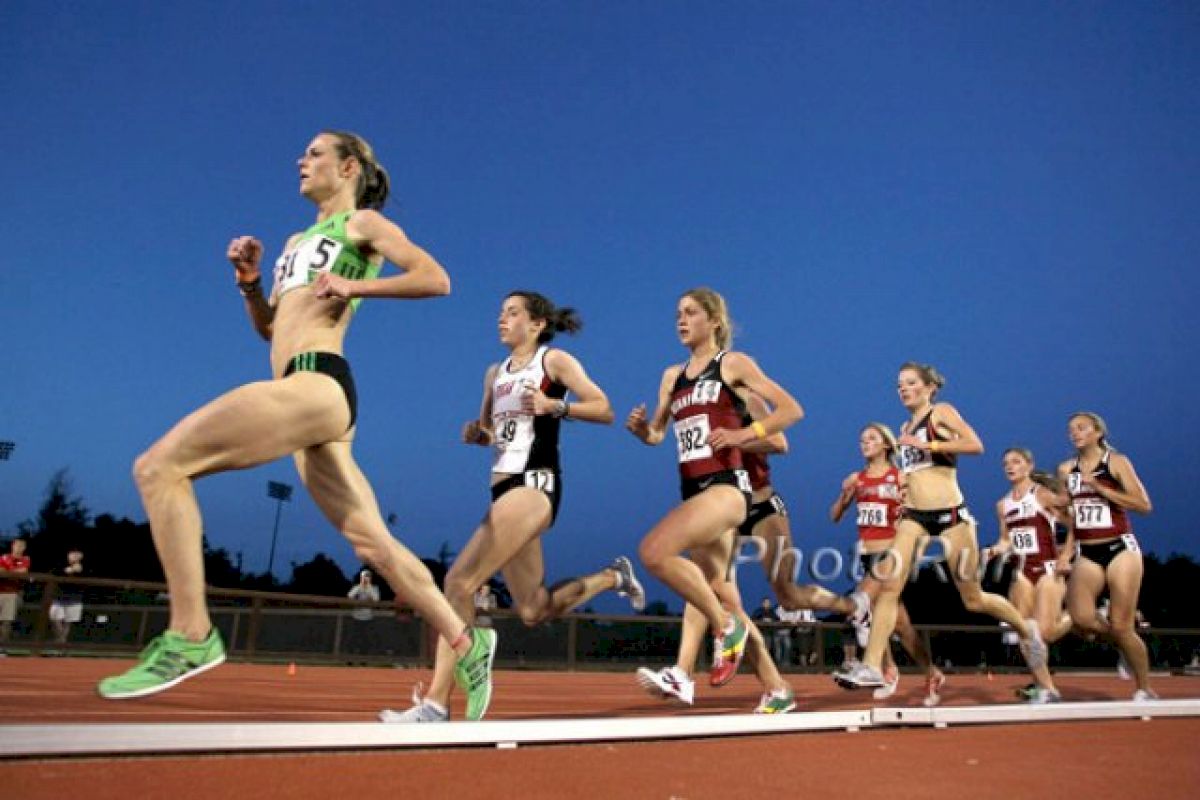Running FAQs: What Time Does It Get Dark?
Running FAQs: What Time Does It Get Dark?
If you ever need a comprehensive guide on what time it gets dark in your neck of the woods, here you go.

Going for a nice jog has dozens of benefits for both our mental and physical well-being. Not only does it get our bodies in better shape, but it also helps us to clear our minds and let go of any stress or anxiety we may have stored up.
What makes runs even nicer is getting in tune with the surroundings and simply being outside. Feeling the fresh air, hearing the birds, and looking around at the scenery can be an incredibly therapeutic experience. However, these things become a lot more difficult to enjoy when you find that the sun has gone down.
Running in the dark can lead you to twist an ankle, become less visible to cars, get lost, or even drop something and not be able to find it. So, it's best to shoot for a daytime jog when the course is visible if you can.
The times that the sun rises and sets vary throughout the year, with the longest days being during the spring and summer, and the shortest ones in the fall and winter.
The times also vary from city to city, depending on a number of factors, like the latitude and longitude of the location. For an example of how the times adjust throughout the year, have a look at the daylight hours for Austin, TX, located in the central region of the state:
Winter
At the start of the wintertime, beginning on January 1, daylight lasts from 7:27 AM until 5:41 PM. Each day the sun comes up a little bit earlier and goes down a tad bit later, typically in increments of one to two minutes at a time. By the end of winter, March 7, the sun comes up at 6:50 AM and sets at 6:33 PM.
Spring
With daylight savings beginning on March 8, everything gets pushed back an hour. Therefore, the sun will rise at 7:48 AM and set at 7:35 PM at the start of the spring. Like winter before it, the springtime will see the days gradually get longer and longer until the last day of spring on June 20, when the sun rises at 6:29 AM and sets at 8:35 PM.
Summer
At the start of the summer, June 21, the sun will rise at 6:29 AM and set at 8:35 PM. Opposite from the winter and the spring, however, the days will get progressively shorter. By the end of summer, September 21, the sun will rise at 7:19 AM and sets at 7:28 PM.
Fall
For the start of the fall, September 22, the sun will rise at 7:19 AM and set at 7:26 PM. The sun will gradually rise later and set earlier until October 31, which is the last day before the next daylight savings. On October 31, the sun will rise at 7:44 AM and set at 6:43 PM. The following day, we will lose an hour, and the sun will rise at 6:45 AM and set at 5:43 PM.
Every location will have a slightly different set of times, so check your local sunset and sunrise times to know for sure. The key takeaway is that in the spring and summer the days will be longer and in the fall and winter the days will be shorter, so if you want to run in the daylight, just plan accordingly!